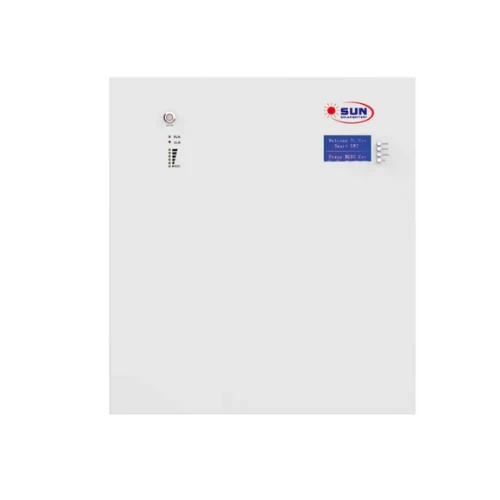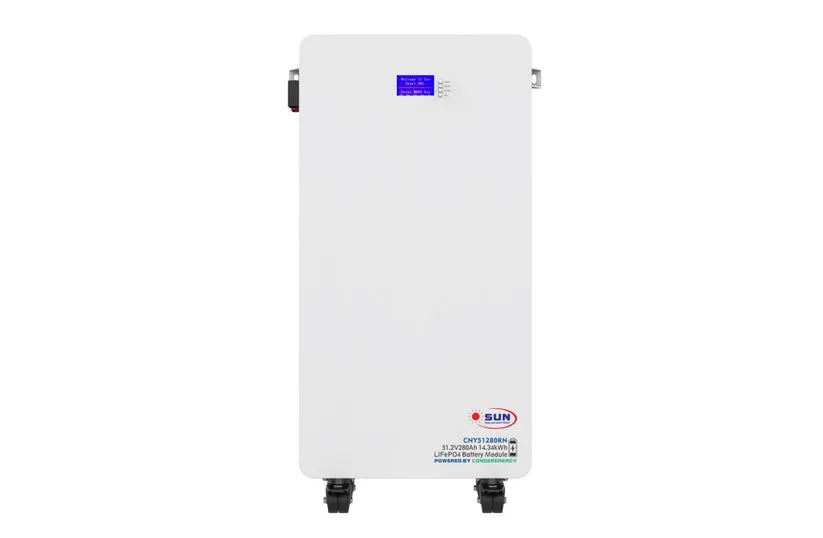Home Solar Battery Sizing
Understanding how lithium batteries work, is crucial when deciding on your home solar battery sizing. All batteries have a fixed volume of power and also a max rated “draw” power. (The maximum rate at which the inverter can draw power from the battery)



My inverter keeps tripping even though its not at full load!
Let’s say you have a 4kw inverter and a 2.5kwh lithium battery with no utility and no Solar (Running off battery). You turn a kettle on and it will work fine, as a kettle is generally between 1400w and 1800w. Now turn on another kettle and the system will trip. But why, since my inverter is 4kw it should easily handle it. The truth is your battery tripped, as you went passed the max draw of the battery 2500w.
Another example – you have a 10kw inverter and a 4.8kw 100ah battery 48v. Max draw of the inverter is 10000w and max draw of the battery is +-4800w. So you will have the same problem.
Does this mean I am stuck with a system that can’t be used to its full potential?
Well no, if you have Utility power or Solar panels, the inverter will draw the balance from one of those to keep things going. However if you are Off-Grid or there is no Utility power, the system will trip if there is no solar power to draw from.
You can also add another battery in parallel, with the same volt and amps, to double the max amp draw from the batteries. By paralleling the batteries you keep the volts the same but add the amps together. So for the 10kw inverter, 2 x 5kw batteries would give you a max draw of 200ah x 48v = 9600w. You can parallel up to 15-16 batteries.
How much battery volume do I need?
That all depends on your requirements. Do you want to go off-grid, save money on your utility bill or just have enough power for 2-4hrs of load shedding. Going off-grid can be very expensive if you want to power your whole house, as you will need enough battery volume to last the night and bad weather. If you just want to save on your utility bill and use most of your appliances during the day, then a smaller battery setup will suffice.
Your biggest power consumers are your Geyser, Oven, Kettle, Microwave, Dishwasher etc. Running those at night requires big batteries. A 200L geyser will use 4kw / Hour which normally needs 2hrs to heat up. Ovens and Stove plates also consume a lot of power. So a 5 person family could require +-15-30kwh battery just to get through the night.
However if you just want to run a fridge, TV and lights then a 2.5-5kwh battery is normally enough.
How can I reduce my power consumption at night?
Replacing old legacy appliances and heating your geyser when the sun is shining, will significantly reduce your night time consumption. Buy a gas stove and oven if you can. Use an air fryer and not the oven. Only fill the kettle to the amount you need. Get a Solar geyser. Replace outside spotlights with Solar Flood lights. (Outside spotlights drain a lot of power from your batteries as they run for long periods) Run your dishwasher the next day when solar is available.
Do I need a new COC if I add another battery?
Yes, you will likely need a new Electrical Certificate of Compliance (CoC) or a supplementary CoC if you add another battery to your existing electrical installation, especially if it involves a fixed conductor and is connected to the main electrical system. Adding a battery constitutes an alteration to the electrical installation, requiring a new or updated CoC to ensure compliance with safety standards.
Leave a Reply